
Pickleball Techniques and Strategies: from Beginner to Champion
From Beginner to Pro: Ace your Play with our Pickleball Techniques & Strategies to Dominate the Court in your Next Game.
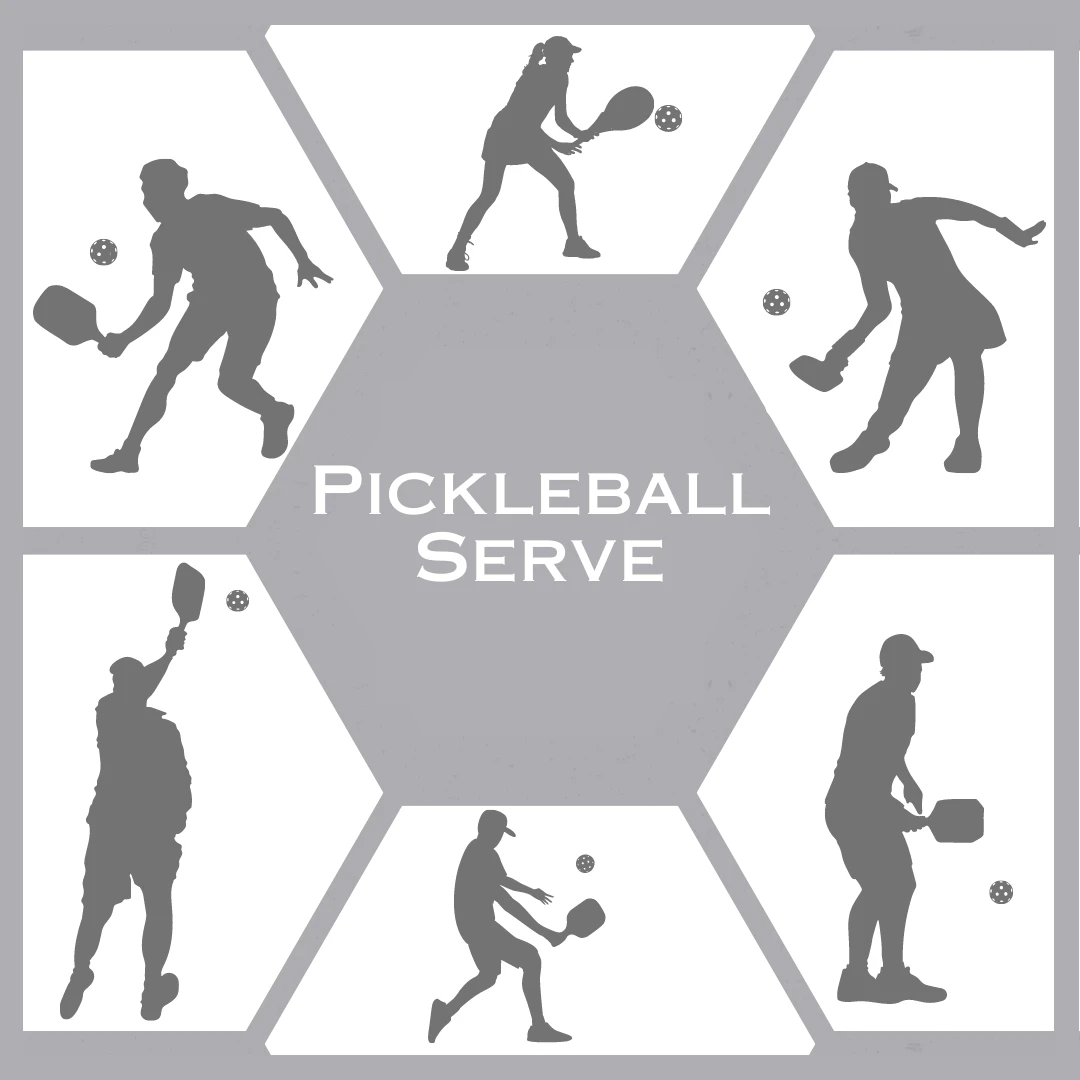 Welcome, fellow Pickleball enthusiasts, to our blog dedicated to one of the most crucial aspects of Pickleball, “The Serve.” In this article, our primary goal is to provide a complete guide that will elevate your serving game and, more importantly, add some extra zing to your Pickleball matches.
Welcome, fellow Pickleball enthusiasts, to our blog dedicated to one of the most crucial aspects of Pickleball, “The Serve.” In this article, our primary goal is to provide a complete guide that will elevate your serving game and, more importantly, add some extra zing to your Pickleball matches.
For those who still haven’t played a match, imagine yourself stepping onto the court, paddle in hand, ready to take on the challenge of the serve. What questions do you have? What aspects of serving do you find most intriguing or intimidating?
Before we deep dive into the technical aspects of “the serve,” let’s take a moment to reflect on our own experiences with Pickleball and serving. For those who have played Pickleball, remember your first time standing in that service line. Perhaps you remember the exhilarating feeling of hitting that perfect serve or the frustration of struggling to keep the ball in play.
Whether you’re an experienced Pickleball player or a curious beginner eager to learn the ropes, we see you! Let this blog serve as an extra dose of enthusiasm to elevate your Pickleball matches. Here’s a breakdown of the Pickleball serve and, most importantly, its essential factors/rules:
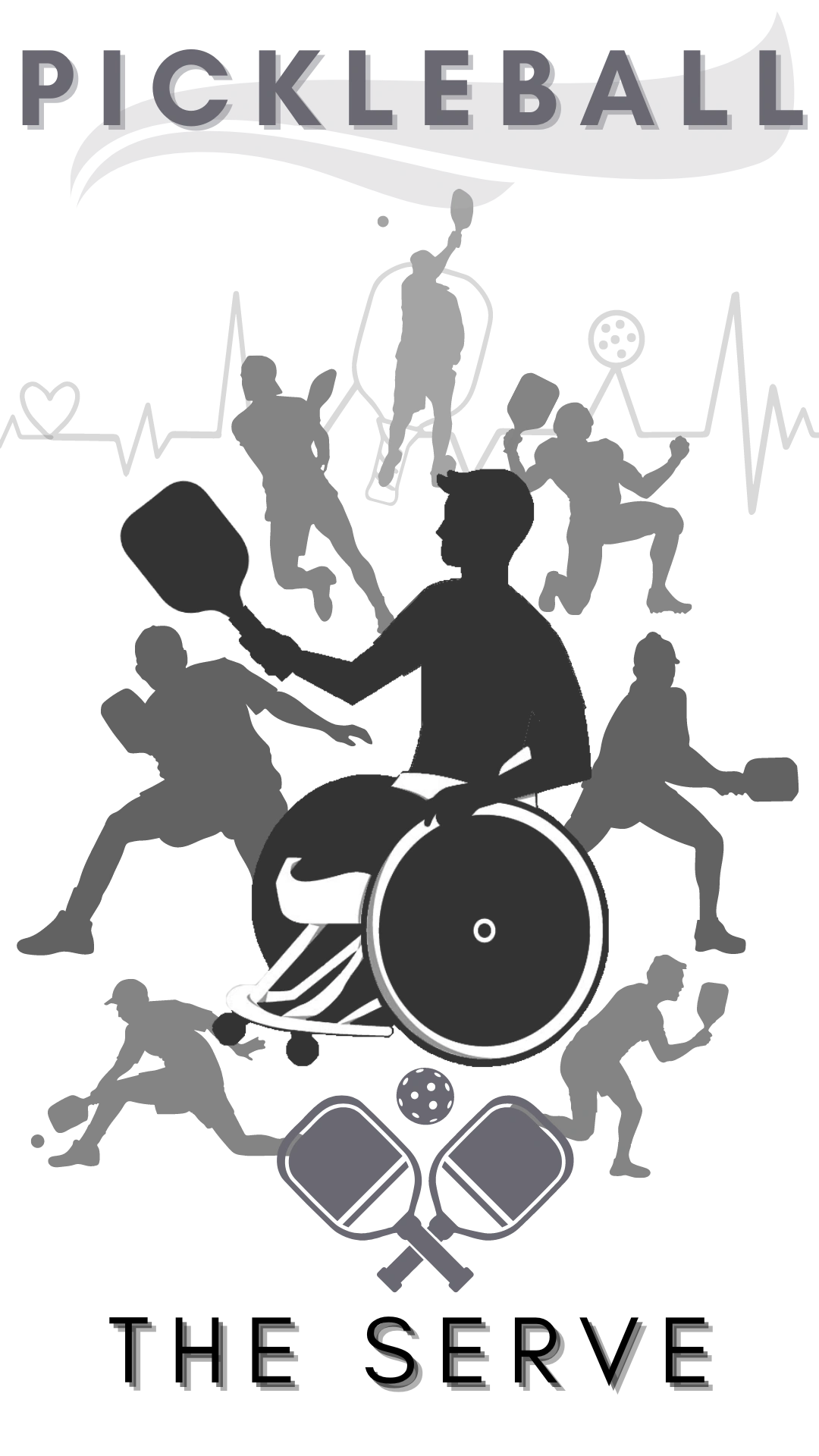 “The serve” is the underhand shot that initiates the point in Pickleball. The server must stand behind the baseline located at the back boundary line and diagonally crosscourt from the receiving player’s position. The wrist must be below the navel before striking the ball while initiating the serve. Unlike tennis, there is no overhead serve in Pickleball. Nevertheless, players must still adhere to the rules and guidelines for serving in this unique sport.
“The serve” is the underhand shot that initiates the point in Pickleball. The server must stand behind the baseline located at the back boundary line and diagonally crosscourt from the receiving player’s position. The wrist must be below the navel before striking the ball while initiating the serve. Unlike tennis, there is no overhead serve in Pickleball. Nevertheless, players must still adhere to the rules and guidelines for serving in this unique sport.
1. The server must announce the entire score before serving the ball.
2. The serving player must serve to the correct area of the court, which is diagonally opposite to them. The serve can go over or touch the net but must clear the Non-Volley zone and lines. However, the service is allowed to land on any of the other service lines.
3. If the serve crosses over the net and touches either the receiver or the receiver’s partner by clearing the net or making contact with it, the serving team scores a point.
4. While the ball is being served, the server is required to observe the following service rules:
a. The player’s foot must be at least one foot behind the baseline.
b. Both feet should not touch the playing area on or inside the baseline during the serve.
c. The server shouldn’t touch the court beyond where the sideline or centerline extends into imaginary lines.
d. In the case of wheelchair players, both rear wheels should stay behind the baseline during a serve. Players must refrain from any contact within the baseline or, again, beyond where the sideline or centerline extend into imaginary lines.
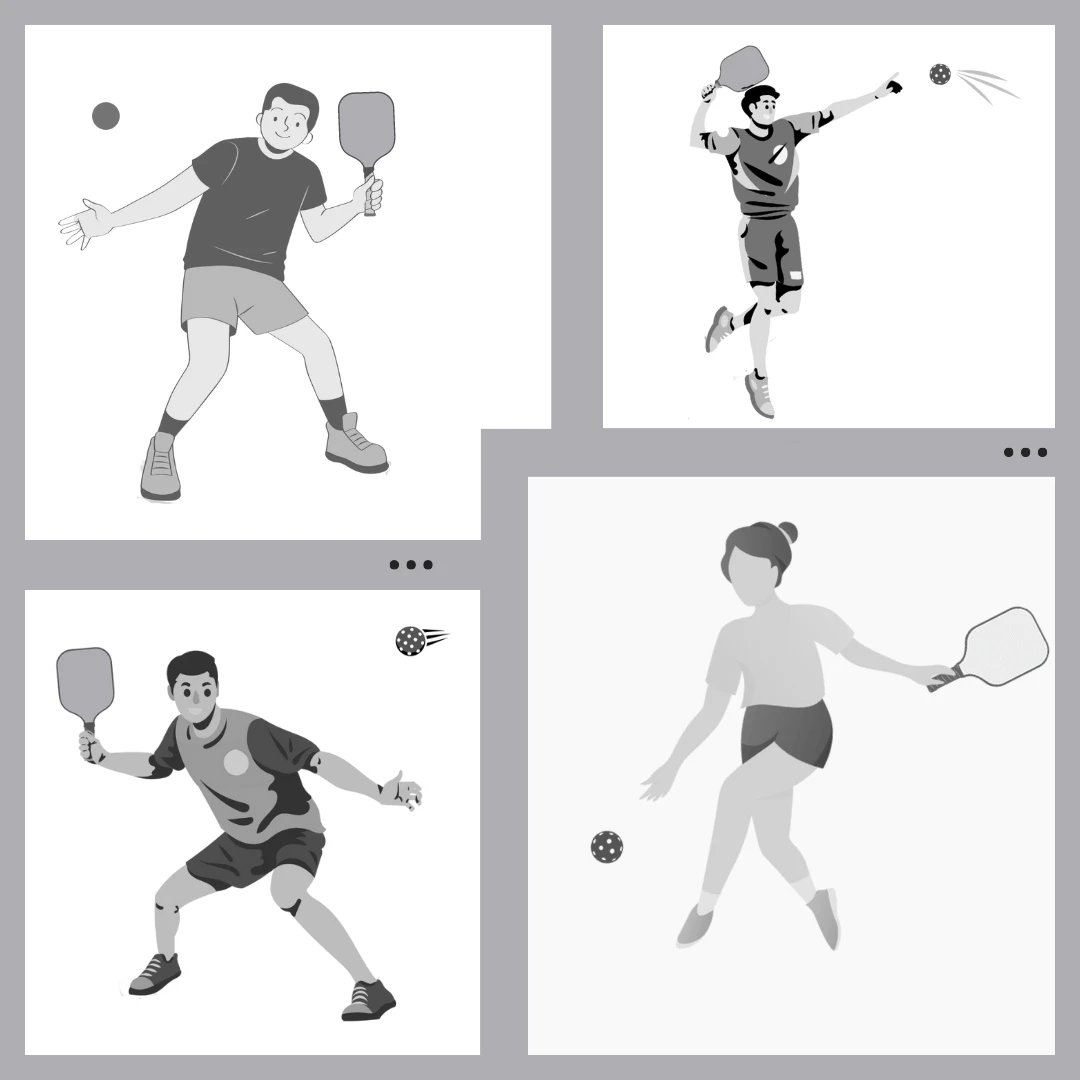 The serve must be executed with only one hand to release the ball. Although ball rotation is expected during the release, the server shouldn’t manipulate it to add spin before initiating the serve. However, they can allow a natural rotation of the ball upon release. Additionally, the server shall not manipulate additional spin before striking the ball to serve. This rule applies to both the volley serve and the drop serve.
The serve must be executed with only one hand to release the ball. Although ball rotation is expected during the release, the server shouldn’t manipulate it to add spin before initiating the serve. However, they can allow a natural rotation of the ball upon release. Additionally, the server shall not manipulate additional spin before striking the ball to serve. This rule applies to both the volley serve and the drop serve.
The Volley Serve:
is when a player strikes the ball without bouncing it off the ground. Similarly, a volley serve can be completed using either a forehand or backhand strike. Additionally, a proper volley serve must include:
a. The player’s arm moves at an upward angle when striking the ball with a paddle.
b. Further, the paddle head’s highest point not exceeding the highest part of the wrist, positioned exactly at the bend of the wrist joint, at the time of contact with the ball.
 Drop Serve is when a ball is struck using either a forehand or backhand motion after it bounces on the playing ground. However, it is worth noting that the ball can bounce on the playing ground as often as you let it without restrictions, according to the USA Pickleball Official Rulebook (2023). A proper drop serve includes the following:
Drop Serve is when a ball is struck using either a forehand or backhand motion after it bounces on the playing ground. However, it is worth noting that the ball can bounce on the playing ground as often as you let it without restrictions, according to the USA Pickleball Official Rulebook (2023). A proper drop serve includes the following:
a. The ball must be released by the server using one hand. The player can drop it off using the paddle from any natural height.
b. Players must refrain from throwing the ball downward or tossing it, as well as from hitting the ball upward with the paddle.
c. The rules outlined in the Rulebook for the Volley Serve do not apply to the drop serve.
Players must allow both “the serve” and “the return” of the serve to bounce once on each side (server’s side and receiver’s side) before hitting the ball out of the air (volley). This, in turn, implies that the server must clear the net and have their shot land in the receiver’s service area, while, on the other hand, the receiver must wait for the bounce before returning the ball.
During the service, the server must actively refrain from stepping into the “Non-Volley Zone” (also known as the “Kitchen”). Further, the Kitchen is a seven-foot area on either side of the net, and players cannot volley while standing in this zone.
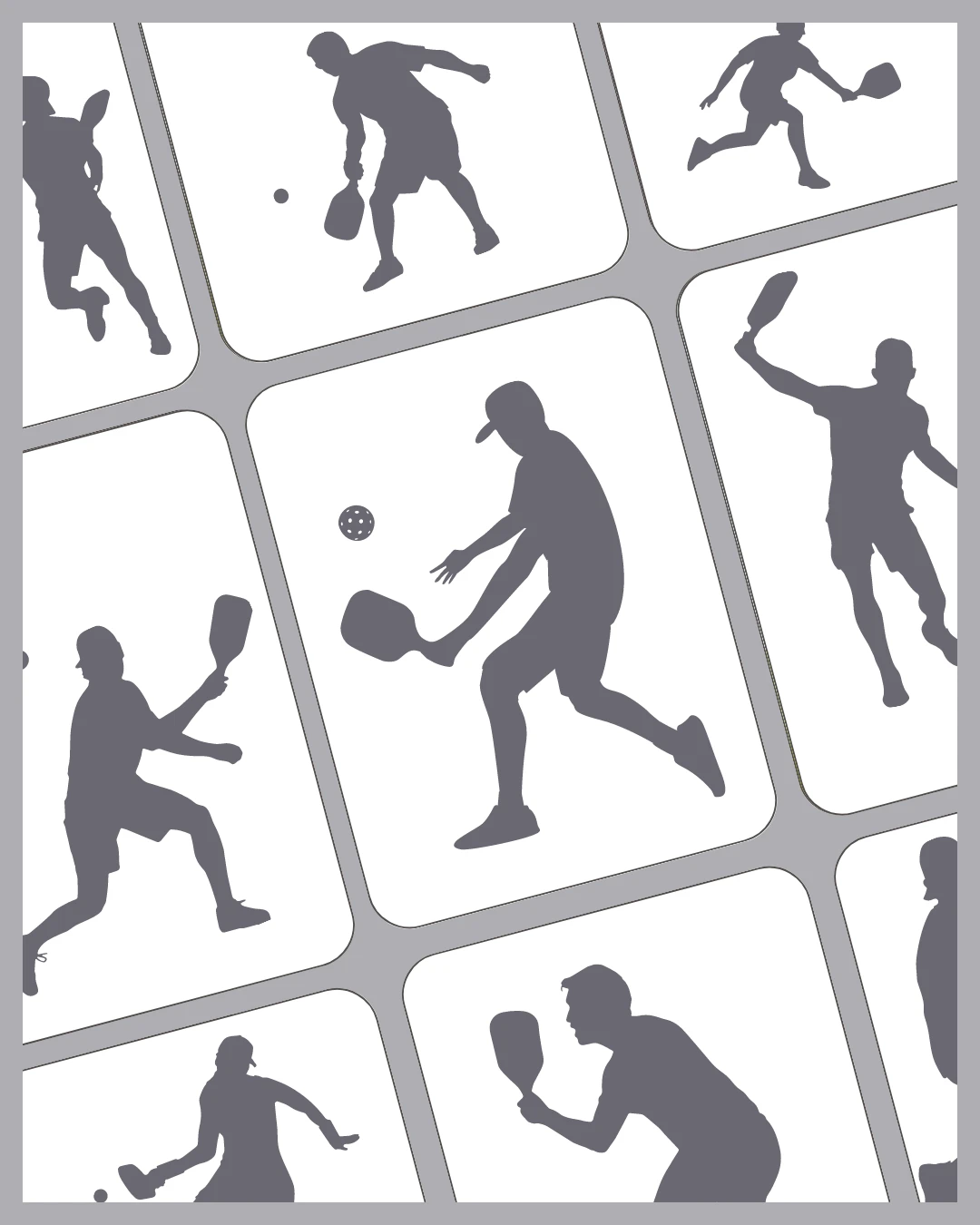 The server must aim to land the serve within the diagonal area on the opposite side of the net. This is known as the “Service Area” or “Service Court.” Furthermore, they must ensure that the serve clears the non-volley zone and lands in the service court diagonally opposite the server. In addition to this, the server needs to maintain accuracy and precision during their service.
The server must aim to land the serve within the diagonal area on the opposite side of the net. This is known as the “Service Area” or “Service Court.” Furthermore, they must ensure that the serve clears the non-volley zone and lands in the service court diagonally opposite the server. In addition to this, the server needs to maintain accuracy and precision during their service.
5. Fault in Serving:
The referee has the authority not only to stop play instantly but also to order a replay if the referee is still determining if one or more serve requirements have been met. In addition, the referee will call an immediate fault if a serve violates one or more of the requirements. As a result, the intent is to influence players to adjust their serve to meet all requirements.
6. Service Rotation:
Points can only be scored during serving points. Likewise, you maintain the role of the server until you lose a point. Therefore, after winning a point through your serve, you must switch sides with your partner following a serve to the opposing player.
Similarly, both players (in doubles) get a chance to serve during each turn in Pickleball scoring. During the game, players also announce three numbers: “Zero, zero, two,” where the third number indicates which player on the team has the serve.
The server must start each serve with at least one foot behind the baseline and can only step on or over the baseline after the ball is struck.
 Unlike tennis, a serve that touches the net and lands in the correct service court is considered in play.
Unlike tennis, a serve that touches the net and lands in the correct service court is considered in play.
These are some essential factors and rules associated with serving in Pickleball. Remember, Pickleball is a fun sport, but it’s crucial to play by the rules and show good sportsmanship while enjoying the game.
In conclusion, “the serve” is a vital part of Pickleball. It marks each point’s beginning and sets the game’s tone. Adherence to specific rules and guidelines ensures a fair and enjoyable experience for all players. Key aspects such as the underhand serve, the double bounce rule, and the restriction within the non-volley zone are vital aspects that players must master to excel in serving. Faults during the serve can consequently lead to losing a point or the opportunity to score. By embracing these rules, players can not only enhance their Pickleball skills but also promote sportsmanship.
So, no matter where you stand in your Pickleball journey, please share your thoughts and experiences by contacting us below. Let’s create a community of Pickleball enthusiasts where we learn from each other and grow together!

From Beginner to Pro: Ace your Play with our Pickleball Techniques & Strategies to Dominate the Court in your Next Game.
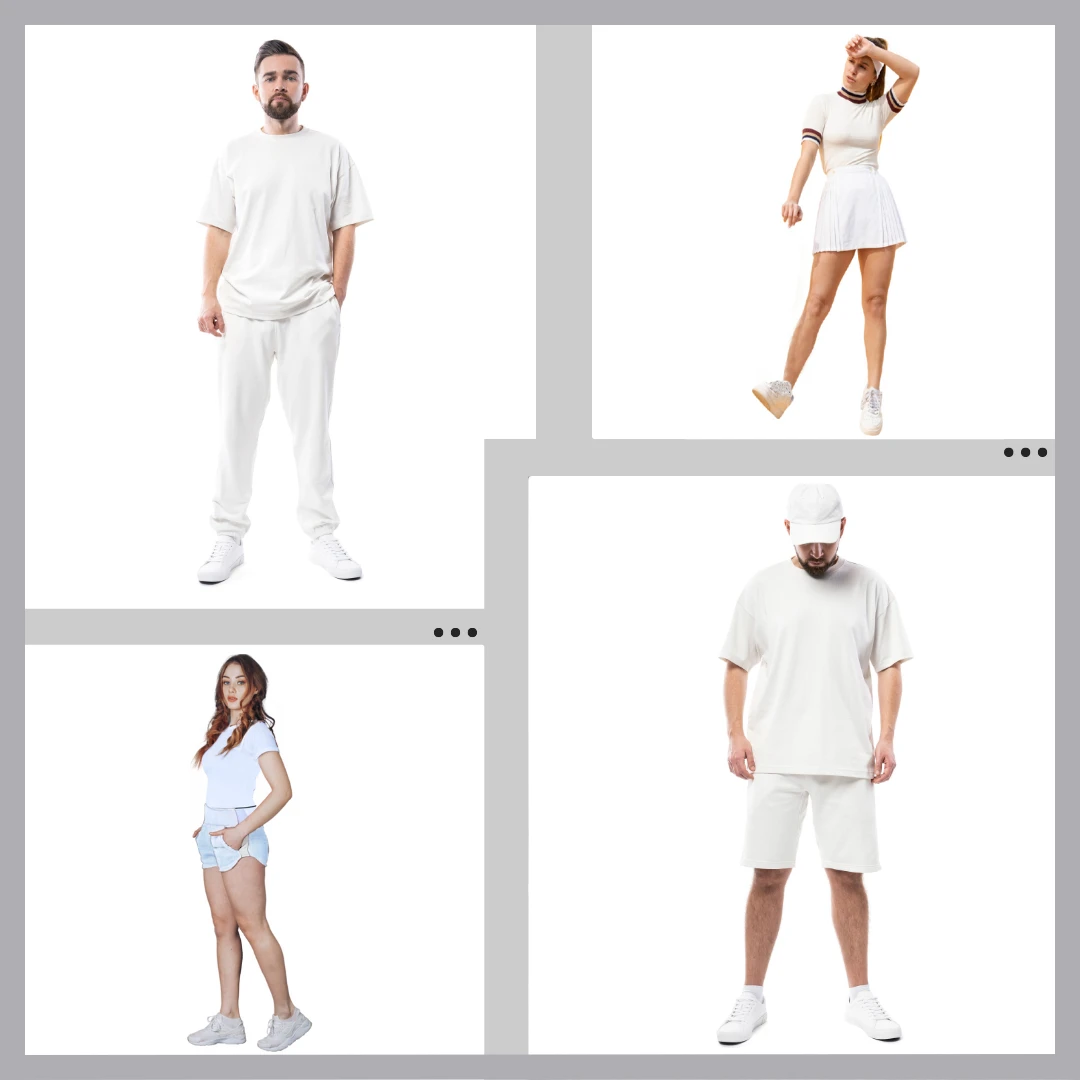
Step into the spotlight, make a lasting impression, and become a trendsetter on the Pickleball court with our Pickleball apparel guide.

Thinking about the perfect gift for someone just starting in Pickleball? Discover our Pickleball gift guide tailored for beginners. Look no further.

Ever wondered how your Pickleball style could reach new heights? Learn the secrets of success with the “Pickleball Accessories To Enhance Your Play and Ace Your Style”.
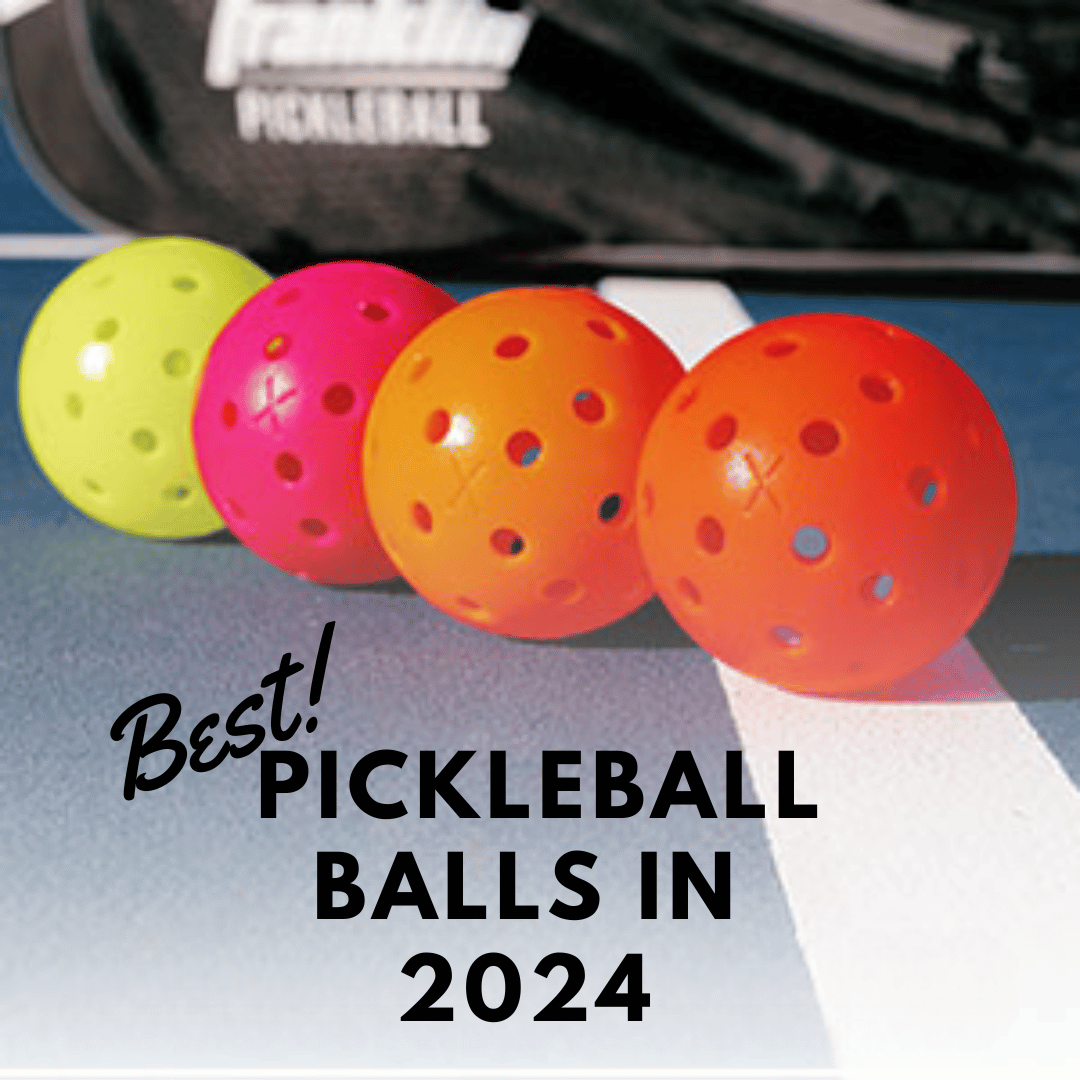
Are you seeking the perfect Pickleball balls for 2024? Let’s find out why they’re the “Best Pickleball balls for 2024”.
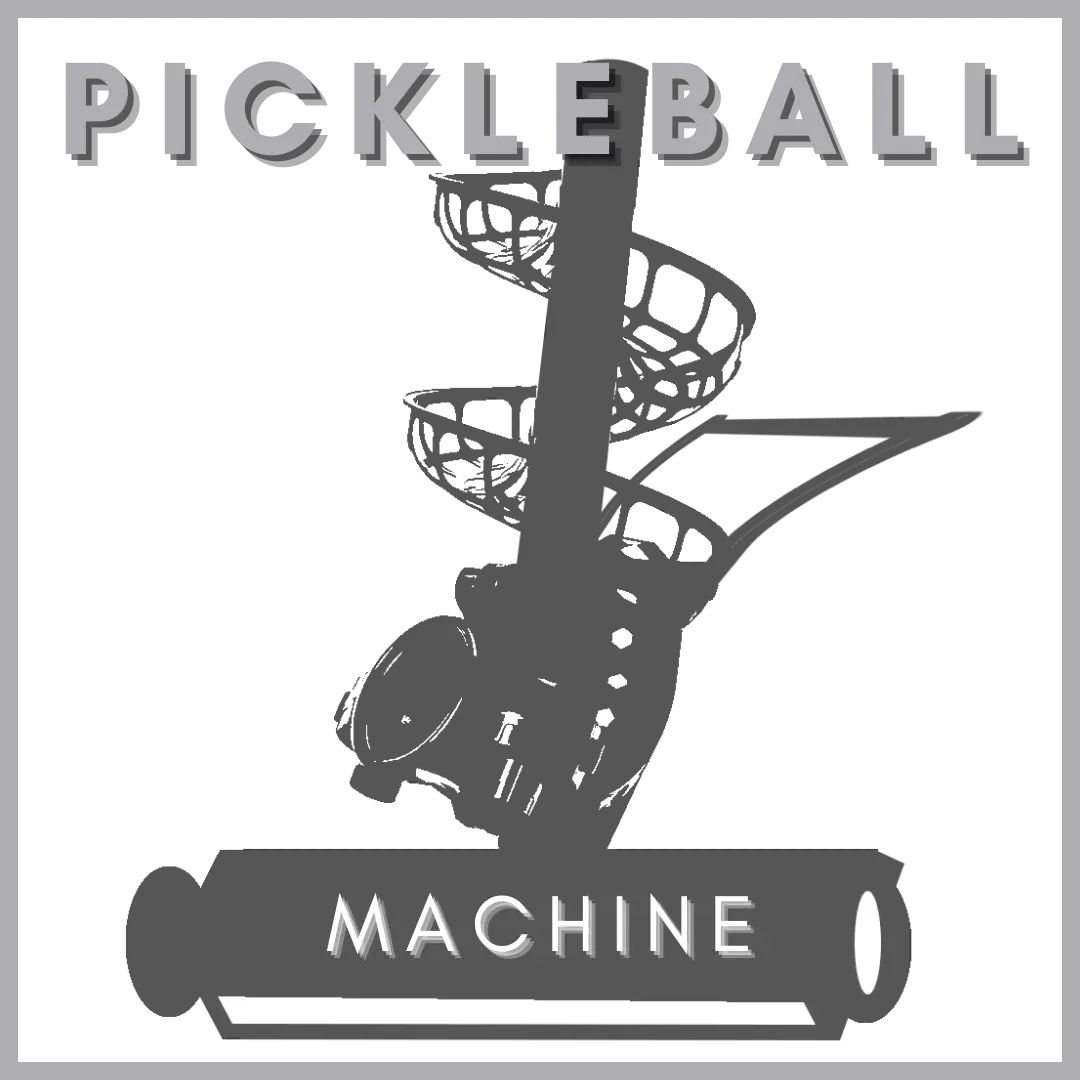
Looking to boost your pickleball skills? How can Pickleball Machines serve as your secret weapon?
If you would like us to feature your brand in our upcoming Pickleball blogs, Collaborate with Us. We’d love to have you featured.